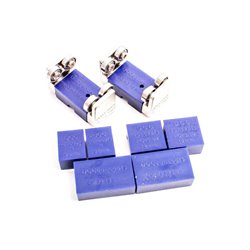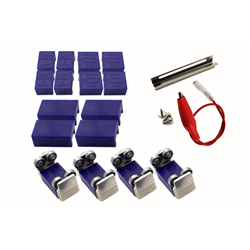Resin and plastic are two common materials used for creating models, but they have distinct characteristics and...
No products
Product successfully added to your shopping cart
There are 0 items in your cart. There is 1 item in your cart.
Search Tips
Christmas and New Year
We are dispatching orders every weekday apart from Christmas Day, Boxing Day and New Year's Day.
If you order is time critical, select next day delivery at checkout.
The shop in Sandown is closed from 25th December, reopening on 30th December.
What is the best way to run in a new model railway locomotive?
To run in a new locomotive on a layout, it is recommended to follow a gentle and gradual process to ensure that the locomotive runs smoothly and reliably. This process is commonly referred to as "running-in" or "breaking-in" the locomotive.
To begin, start by running the locomotive at a slow speed for a short period, typically around 10 minutes. This allows the gears and moving parts of the locomotive to gradually loosen up and start working smoothly. During this time, avoid running the locomotive at high speeds or pulling heavy loads.
After the initial running-in period, gradually increase the speed of the locomotive over several sessions, allowing the locomotive to run for longer periods each time. It is important to monitor the locomotive during this time for any unusual noises or vibrations, which could indicate that adjustments need to be made. It is also important to regularly clean the locomotive's wheels and track during the running-in process, as this will help to ensure a smooth and reliable performance.
Overall, taking the time to properly "run-in" a new locomotive will help to ensure that it operates reliably and smoothly for years to come.
Click here to receive the tips weekly in your mailbox. You can unsubscribe at any time.









